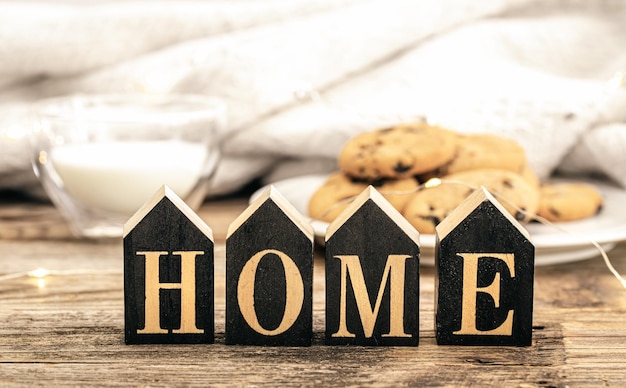
Small homes are popping up all over America and gaining a lot of media attention. The small home movement isn’t just about cutting down a few hundred square feet; it’s about living with less space overall. Most small homes are under 500 square feet, a big change if you’re used to living in a 2,000-square-foot property. The goal is to embrace a minimalist lifestyle, save money, and maybe even travel more.
Small homes have a lot of appeal. They’re cheaper, easier to maintain, and can help reduce stress. But the reality of living small can be different from the ideal. If you’re thinking about moving to a smaller house, here are six things to consider:
1. **A Niche Market**: Small homes mainly attract a specific type of person. The idea might seem great, but it’s not practical for everyone. Many people find it hard to part with most of their belongings, and if you have a family, the limited space can feel very confining. The small space can also feel claustrophobic. Plus, if you ever need to sell, the market of potential buyers is small, so be ready for a long-term commitment.
2. **Lack of Privacy**: Everyone needs some private time, no matter how social they are. In a small home, it can be tough to find that privacy. If you live alone, this isn’t as big of an issue, but sharing a tiny space can feel stifling. Most small homes have open layouts, so the only private area is typically the bathroom. If you don’t need much alone time, this might work for you. But if you value personal space, a tiny home might not be enough.
3. **Savings Not Guaranteed**: One major draw of small living is the potential to save money. While costs can drop, it’s not a guarantee. If you can’t part with your belongings, you’ll need a storage unit, which costs extra. Limited space might also mean you can’t host guests, leading to additional expenses for renting larger places. On top of that, land for a small home can be expensive, and moving it can be costly.
4. **Sacrificing Comfort**: Living in a small house often means giving up some comforts. Adapting to a minimalist lifestyle, dealing with different plumbing systems, and drastically reduced space can be tough. If you’re set on moving into a small home, be prepared for a period of adjustment. This could involve learning new habits and figuring out how to share the space effectively. Transitioning to small living takes time and preparation.
5. **Space vs. Lifestyle**: A small home is exactly that – small. It’s not meant for large families, big wardrobes, or extensive book collections. Small living isn’t for everyone. If you love hosting dinner parties, the limited kitchen and dining space could be a problem. For a large family or a partner who loves late-night TV, a 300-square-foot home might be impractical. It might not be great for guests or noise control. Before deciding, think about how a small house would impact your lifestyle, family dynamics, and daily activities.
6. **Location Matters**: Before considering a small home, check local regulations. Some places might not allow them. With less indoor space, you’ll spend more time outside, so consider the climate. Harsh winters or frequent rain could make small living uncomfortable. Pick your location early as it could be crucial in deciding if a small home is right for you.
**Conclusion**: If the idea of living with less space doesn’t bother you, and you like the thought of traveling with your home or embracing minimalism, a small house might be ideal. But as with any big lifestyle change, think about all the potential challenges before jumping in. You might find that a tiny house suits you perfectly, or you might realize you need more space to feel at home.
Have you thought about living in a small house? What’s attractive to you about small home living?